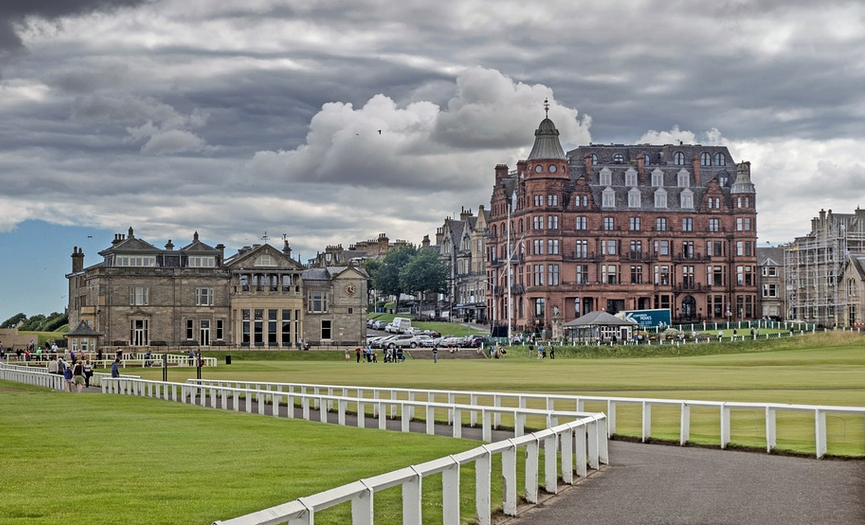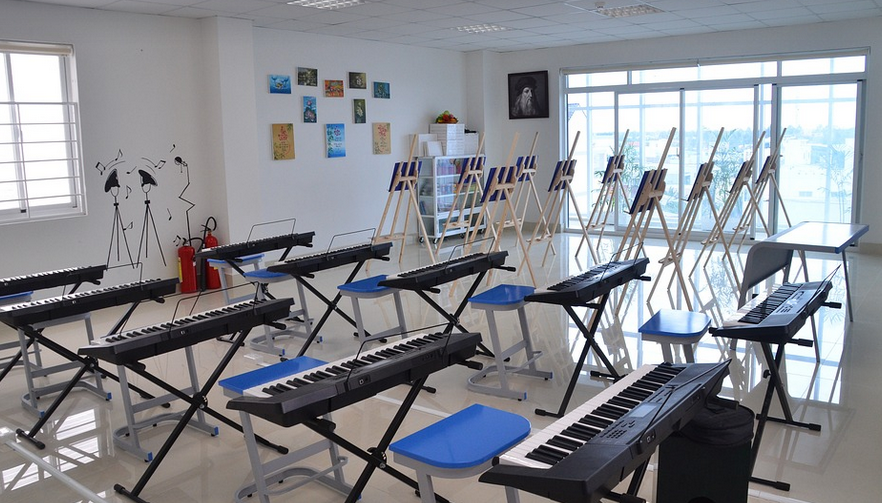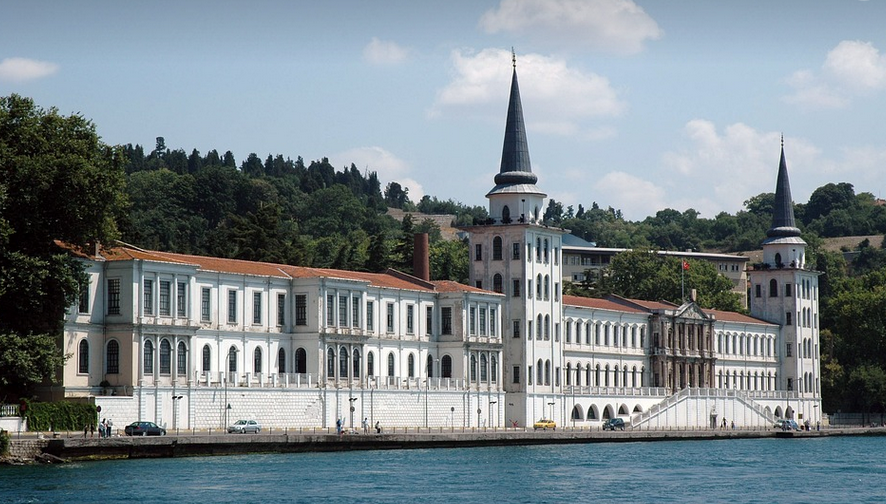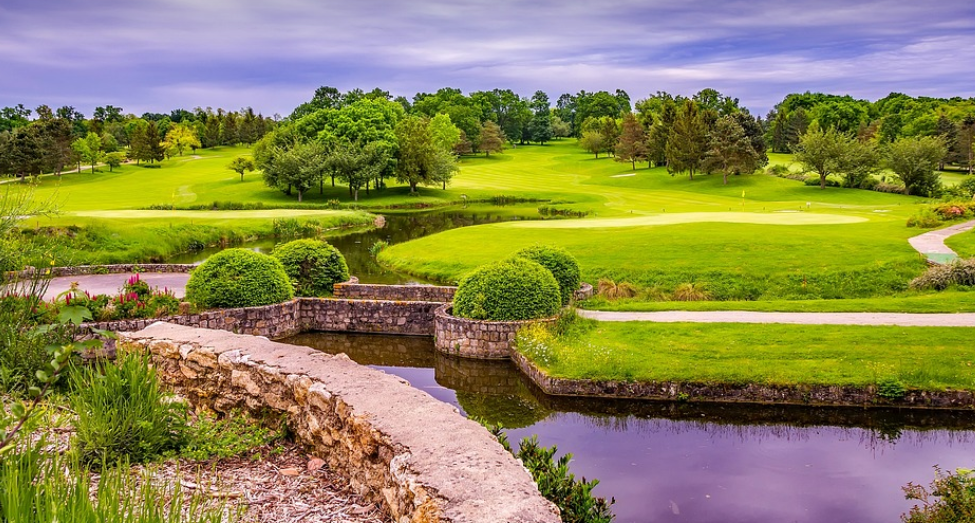
What’s it all about? A Quick Dive into Social and Cultural Geography
Ever wondered why certain cities buzz with creativity, while others feel more like sleepy towns? Why a bustling food market is so different from a quiet library? That’s where social and cultural geography comes in. It’s basically the study of how people shape their spaces and how places shape us.
Imagine it as a big puzzle—places all over the globe are filled with stories, traditions, languages, beliefs, and values. Social and cultural geographers explore these pieces to understand how they interlock and create our world.
Exploring Beyond Just Maps: The Heart of Social and Cultural Geography
Social and cultural geography isn’t just about tracing lines on a map; it dives deep into the human element. It focuses on things like:
- Everyday life:** Think about how people live, work, celebrate, and connect—all of which are shaped by their social environment.
- Cultural landscapes:** How built environments influence how people experience their surroundings, from the bustling energy of a city center to the quiet solitude of a country road.
- Power dynamics:** Examining how social groups interact and form hierarchies, including gender roles, economic inequalities, and political influences.
- Globalization:** How international connections are changing local communities, from trade routes to cultural exchanges.
Imagine a place where ancient traditions clash with modern trends, or how migration patterns shape the cultural landscape of a city. This is just one example of the complex interplay of society and geography that social and cultural geographers study.
Beyond the Textbook: Tools for Unlocking Social and Cultural Geographies
Social and cultural geographers use a variety of tools to understand these intricate patterns. Think about it like using different lenses to see the same scene.
- Maps:** Yes, still relevant! They help track population shifts, economic activity, and even social events.
- Interviews and surveys:** These allow us to delve into individual experiences and perspectives, uncovering hidden stories within communities.
- Ethnographic methods:** Think about immersive research in specific cultures—observing daily life, talking with locals, documenting rituals. This helps gain a deeper understanding of social structures and everyday practices.
- History analysis: ** Studying past events, like migration patterns or societal shifts, provides valuable context to understand the present day.
The Importance of Social and Cultural Geography in Our World
You might be thinking, “What’s the point?” But understanding social and cultural geography is more than just a cool academic exercise—it plays a crucial role in shaping our world:
- Urban planning:** Creating cities that are inclusive, sustainable, and equitable. We can use this knowledge to build better communities for everyone.
- International development:** Providing vital resources and support to struggling communities. Social and cultural geography helps us understand the needs of these communities and tailor our efforts for maximum impact
- Social justice movements:** Understanding how social inequalities are rooted in specific place-based factors can help fuel these efforts.
- Cultural exchange:** Helping people connect and understand each other on a deeper level, fostering tolerance and bridging cultural gaps.
A World of Possibilities: Explore the Power of Social and Cultural Geography
Social and cultural geography is a powerful lens for understanding our world—a realm full of interconnected stories, diverse cultures, and complex power dynamics. It’s an exciting field that helps us answer big questions about what makes our societies tick.





